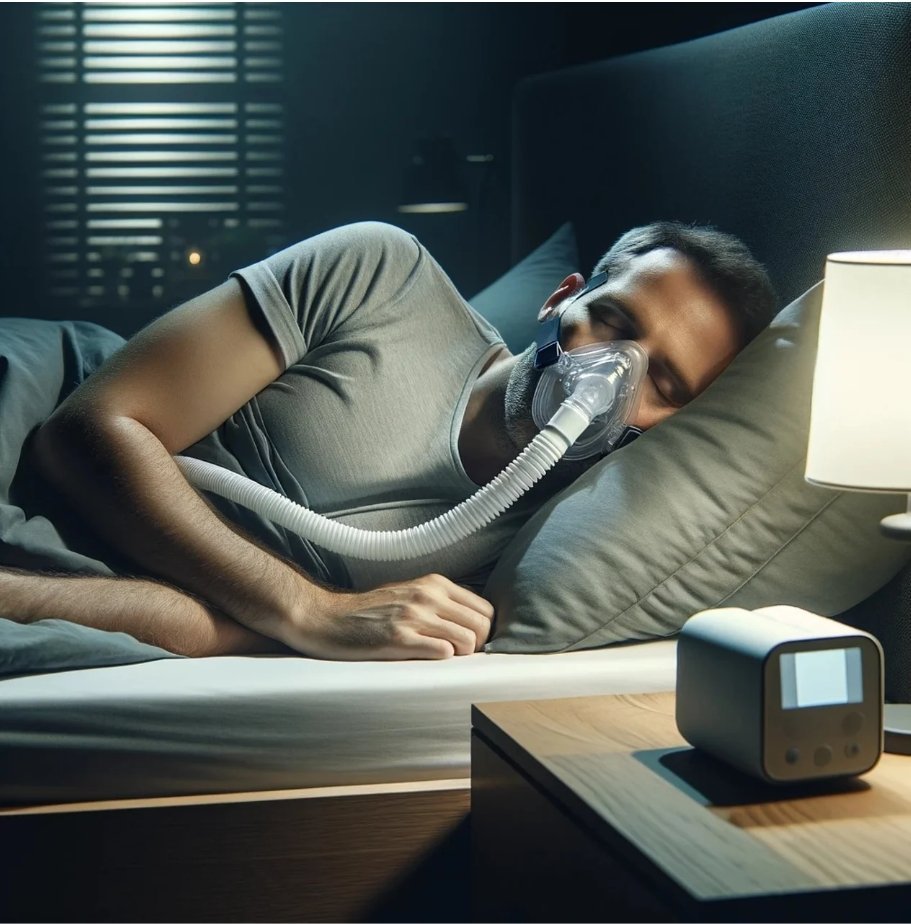Maintaining clean CPAP nasal masks is crucial for effective sleep apnea treatment. That’s because neglecting proper cleaning and maintenance can lead to bacterial growth, skin irritation and compromised therapy.
By following our simple tips, you can ensure your CPAP nasal masks remain hygienic and functional for optimal sleep therapy. Take note of these before you buy CPAP nasal mask.
Cleaning Schedule
Establish a regular cleaning routine for your CPAP nasal mask to prevent the buildup of dirt, oil, and bacteria. Clean your mask daily to remove any residue from the night before. You’d also want to perform a more thorough cleaning at least once a week by disassembling the mask components and washing them with mild soap and warm water.
Disassembly
Carefully disassemble your CPAP nasal mask by removing the headgear, cushion and any other detachable parts. Refer to the manufacturer’s instructions for guidance on how to properly disassemble your specific mask model.
Cleaning Solution
Use a gentle cleaning solution to wash the disassembled parts of your CPAP nasal mask. Avoid using harsh chemicals or abrasive cleaners, as these can damage the mask materials and cause skin irritation. A mixture of mild soap and warm water is sufficient for effectively cleaning the mask components.
Hand Washing
Wash the mask components thoroughly by hand, ensuring that all surfaces are cleaned and rinsed completely. Pay particular attention to areas where dirt and oil tend to accumulate, such as the cushion and headgear straps. Use your fingertips to gently scrub the mask parts, avoiding excessive force that could cause damage.
Drying
After washing, allow the mask components to air dry completely before reassembling them for use. Avoid using a towel or cloth to dry the mask, as this can introduce lint and debris that may irritate the skin or obstruct the mask’s airflow.
Replacement
Inspect your CPAP nasal mask regularly even for the slightest signs of wear and tear like cracks and deterioration of the cushion. If you notice any damage, replace the affected parts immediately to maintain the effectiveness of your sleep therapy. Follow the manufacturer’s recommendations for replacing your mask and its components to ensure optimal performance.
Storage
Store your CPAP nasal mask in a clean, dry place when not in use to prevent contamination and damage. Avoid storing the mask in direct sunlight or extreme temperatures, as this can degrade the materials and shorten the lifespan of the mask. Consider using a dedicated storage case or container to protect the mask from dust and debris.
Regular Inspection
Periodically inspect your CPAP nasal mask for any signs of issues like leaks, improper fit or discomfort during use. Make any necessary adjustments or replacements as needed to maintain effective sleep therapy and ensure your comfort.
Conclusion
As mentioned early in the article, maintaining clean and properly functioning CPAP nasal masks is essential for effective sleep apnea treatment. By following a regular cleaning routine and properly caring for your mask, you can ensure optimal therapy and minimise the risk of complications. With these simple tips, you can enjoy restful sleep and improved health with your CPAP nasal mask.
